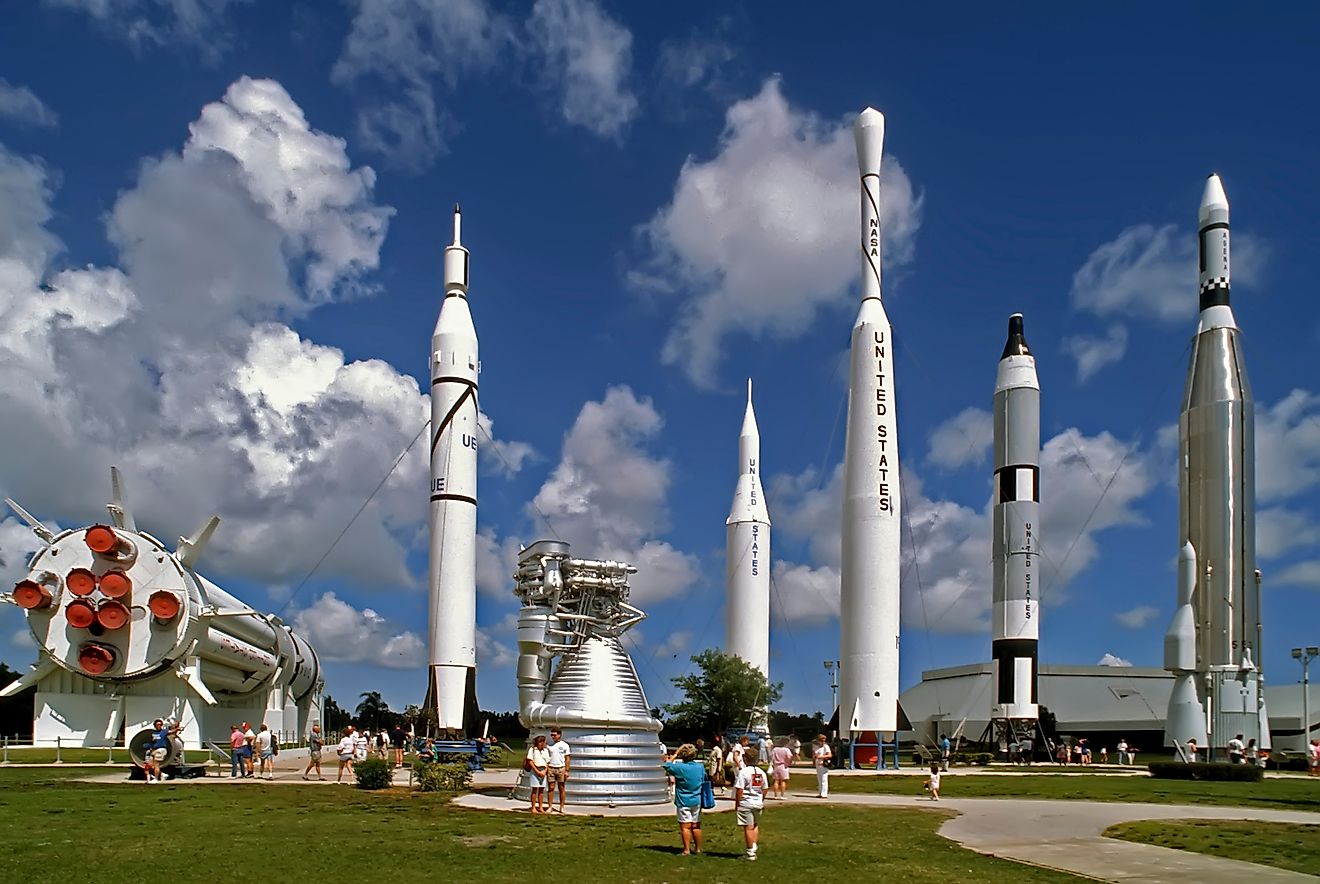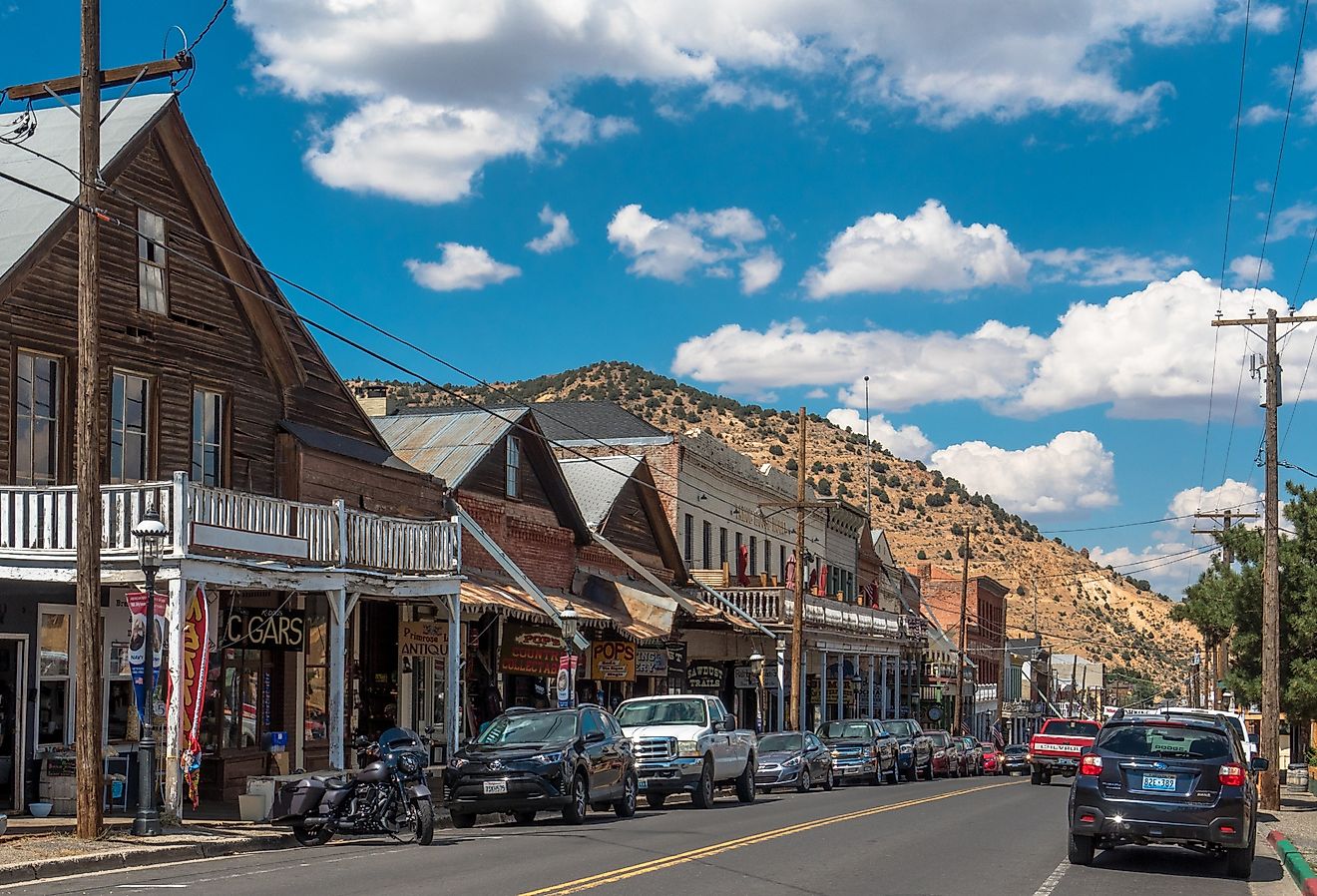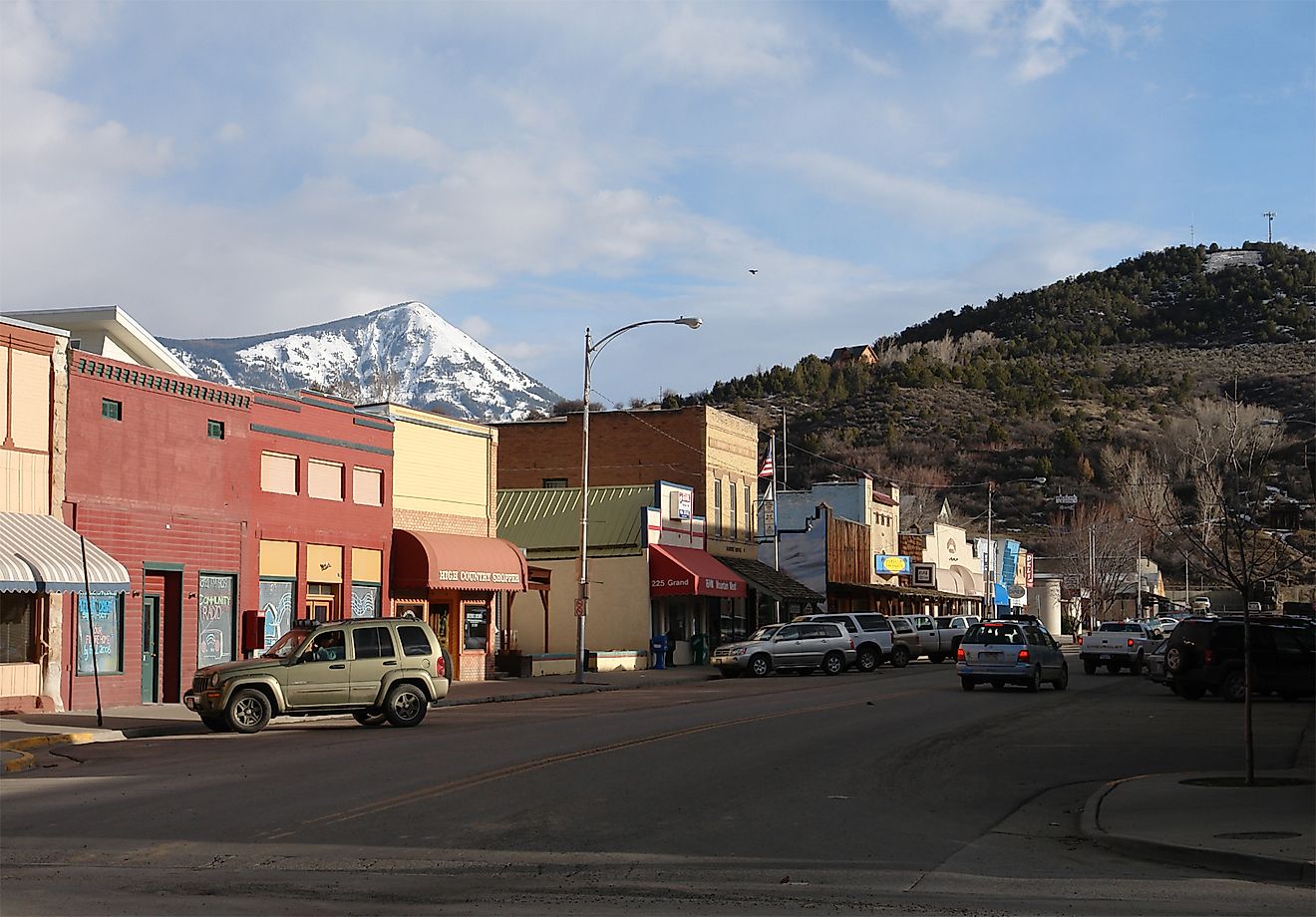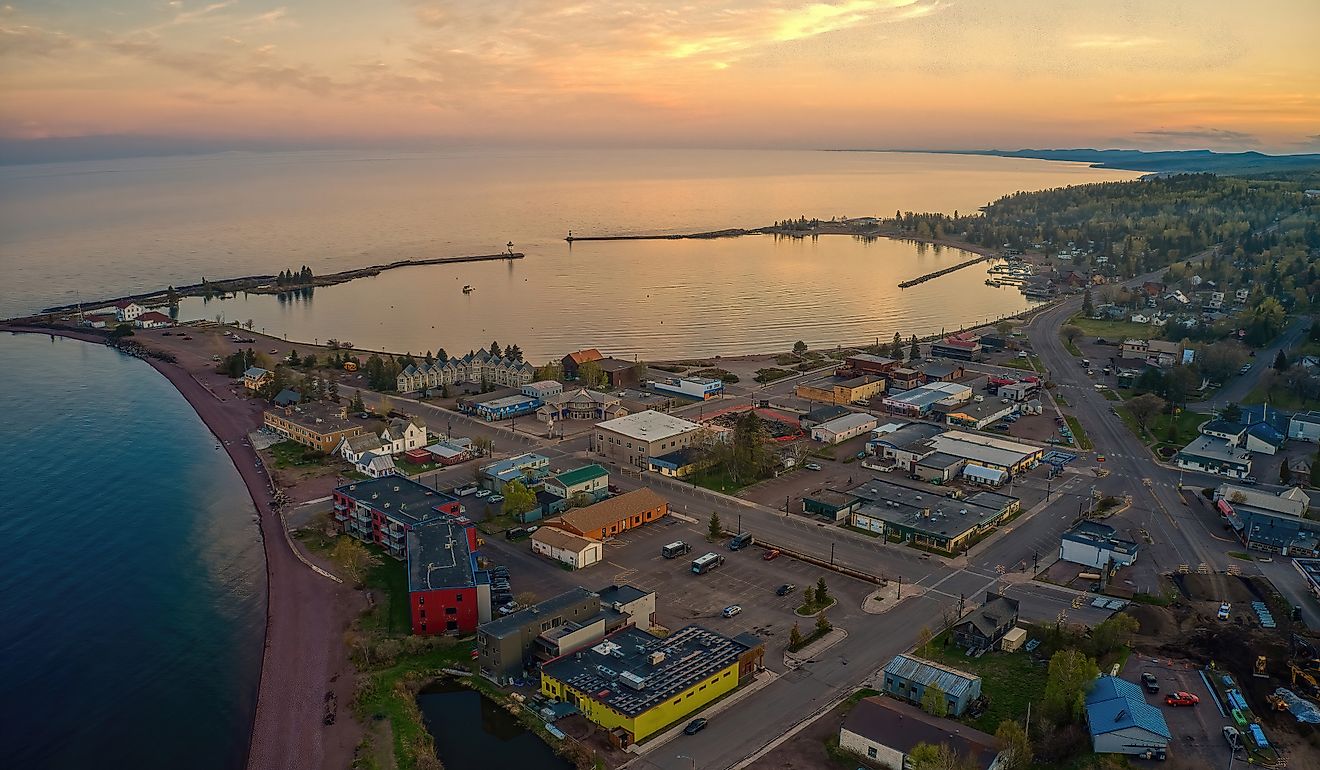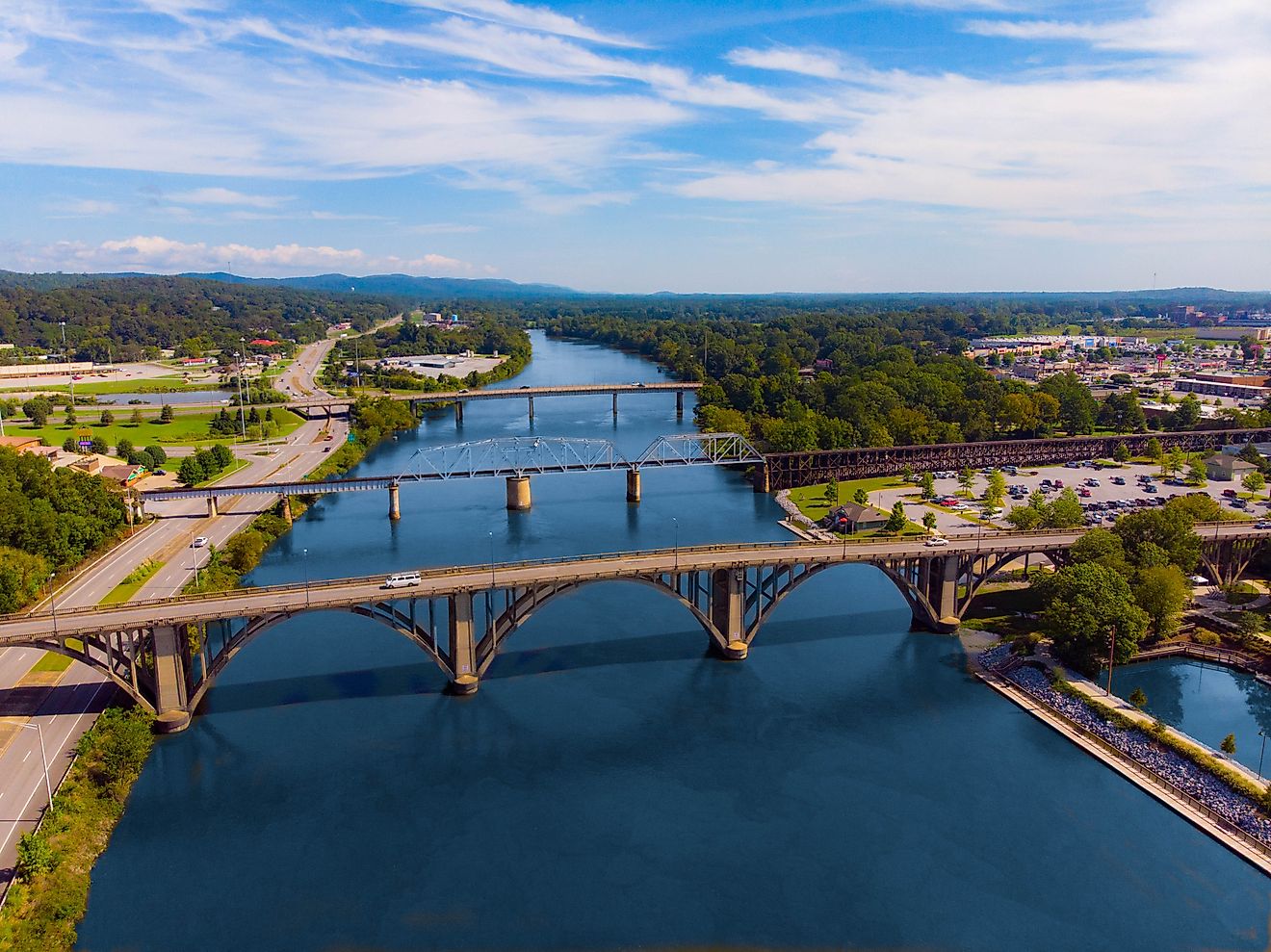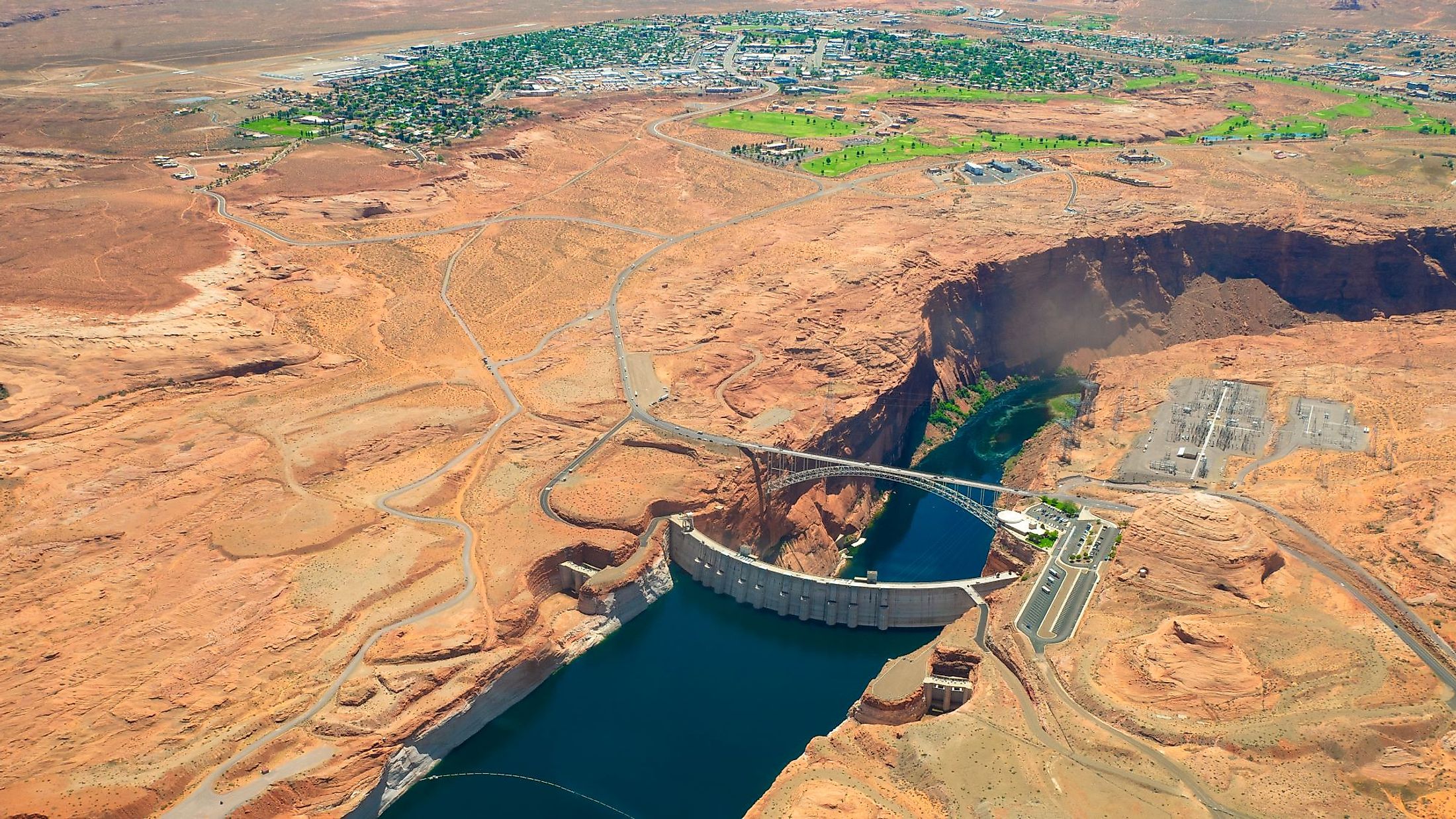
Glen Canyon Dam
Located close to the town of Page, in the northern part of the US State of Arizona, the Glen Canyon Dam is indeed an architectural marvel. This 220 m high concrete arch-gravity dam was constructed between 1956 to 1966 by the United States Bureau of Reclamation on the mighty Colorado River. The dam’s construction led to the creation of Lake Powell, which is the country’s second-biggest artificial reservoir by total water capacity. The Glen Canyon Dam was mainly built to generate hydroelectric power and provide water for millions of people residing in the Upper and Lower Colorado River Basin States.
About The Glen Canyon Dam
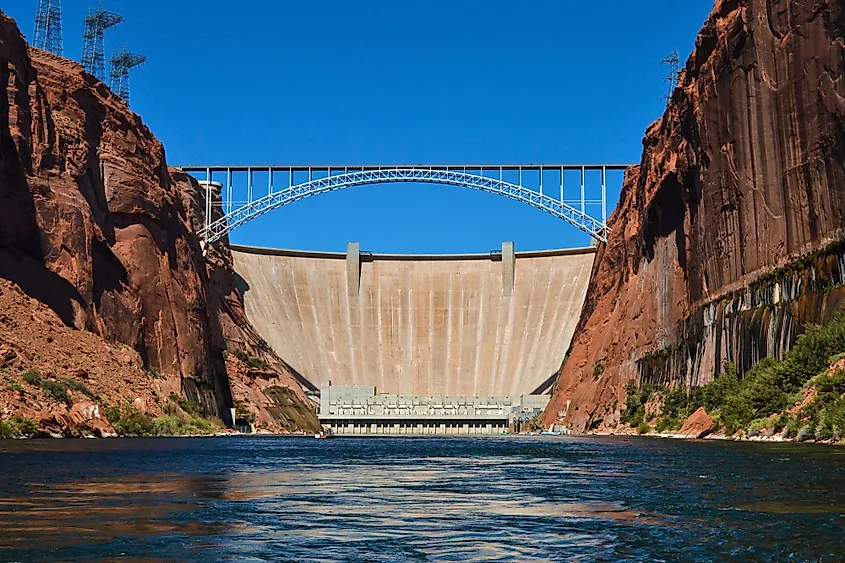
The Glen Canyon Dam stands 178 m above the Colorado River and about 220 m high from the foundations. The dam’s crest has a length of 480 m and is placed at an elevation of 1,132 m. The dam has a width of 7.6 m, while its base has a maximum thickness of 91 m. It is estimated that in total, the Glen Canyon Dam contains 13,100,000 kgs of reinforcing steel and 4,110,000 cubic meters of concrete. Placed at the foot of the dam are the river outlet works and the hydroelectric power station. Due to the dam’s location in a rugged and remote area, a paved road named US Route 89, as well as a 210 m high Glen Canyon Bridge, were also constructed. After the construction of the dam was completed on September 13, 1963, the work on building the power plant and the spillways began. The dam initially began generating electricity from September 4, 1964, onwards. At present, the Glen Canyon Dam generates more than 4 billion kilowatt hours of hydroelectricity per year and is considered the Southwestern United States’ second-biggest hydroelectric power producer.
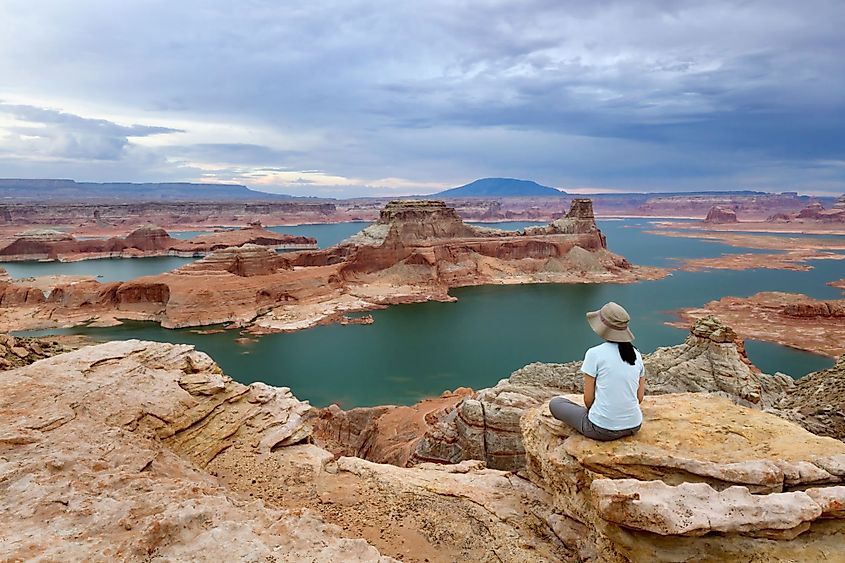
The construction of the Glen Canyon Dam led to the creation of Lake Powell, which with a capacity of 31.03 cubic kilometers, is the country’s second-largest artificial reservoir by total water capacity. The reservoir has a surface area of 653 sq. km and reaches a maximum depth of 177.6 m. Besides offering several recreational activities such as fishing, houseboating, water-skiing, etc., Lake Powell is well-known for its scenic beauty and attracts thousands of tourists to the Glen Canyon National Recreation Area annually. To learn more about the Glen Canyon Dam, curious visitors can stop by the Carl Hayden Visitor Center, which provides a panoramic view of the Glen Canyon Dam and Lake Powell behind it. This visitor center features wonderful exhibits, and photographs, providing information about the dam's construction, Lake Powell, and its surrounding area.
Construction History Of The Glen Canyon Dam
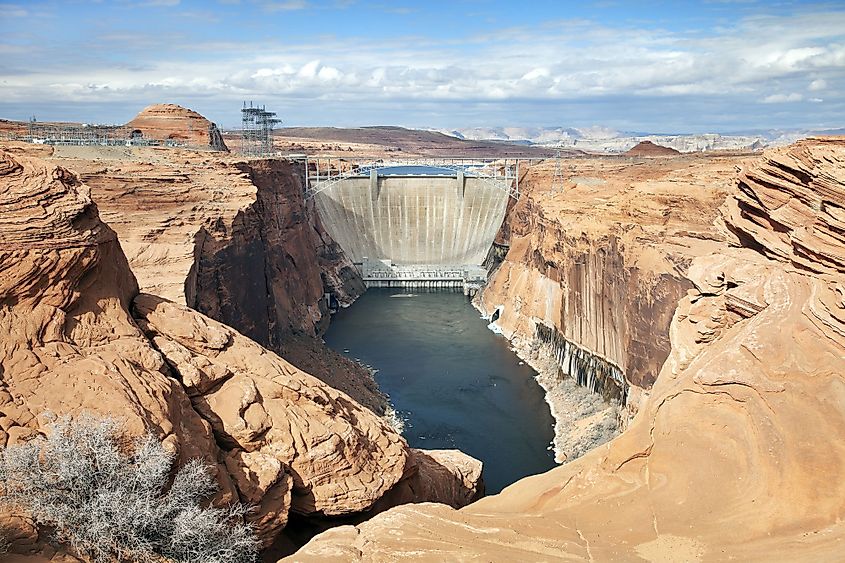
In 1956, the approval of the Colorado River Storage Project by the US Congress kickstarted the construction of the Glen Canyon Dam. The dam was built in Glen Canyon due to meeting several criteria. For instance, it was calculated that the proposed site could hold large volumes of water, and additionally, the rock walls within Glen Canyon were strong enough to support a dam with a tall height.
Constructing the dam took a lot of effort that involved a series of steps. Firstly, to support construction workers (and their families), the Bureau of Reclamation built a campground near the dam site in 1957. This site was called Page and would later become an incorporated town via private ownership in Arizona. Secondly, the waters of the Colorado River had to be redirected away from the construction site by a temporary dam with large tunnels. During this time, workers would work 24 hours a day, using concrete to develop Glen Canyon Dam's concrete foundations.
By 1963, after using over 400,000 buckets of concrete, the dam's placements were built. That same year, workers began impounding waters from the Colorado River to form Lake Powell. It took more than 17 years for the lake to finally reach its full capacity. Glen Canyon Dam generated its first bout of hydroelectric power in September 1964. The Glen Canyon Dam was officially dedicated to the nation on September 22, 1966.
Environmental Impacts Of The Glen Canyon Dam
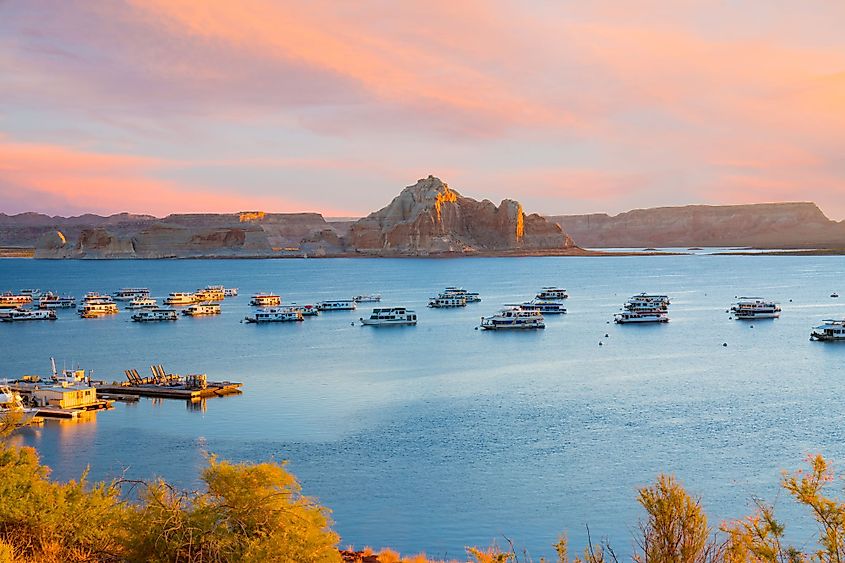
Despite offering hydroelectricity and water to communities across several states, the Glen Canyon Dam was considered a controversial project, due to its environmental impacts. Specifically, the dam negatively affects the ecosystem and native aquatic species inhabiting the Colorado River Basin. Lake Powell's creation resulted in the flooding of long-standing canyons, which drowned flora, fauna, and several archaeological sites. The Glen Canyon Dam also damaged the local ecosystem in the area by blocking sediment flow throughout the Colorado River. Before the construction, the river consistently carried sediment-rich waters with warm temperatures up to 85℉. As a result, these nutrient-rich, tepid waters offered local aquatic species an ideal environment for spawning and protection.
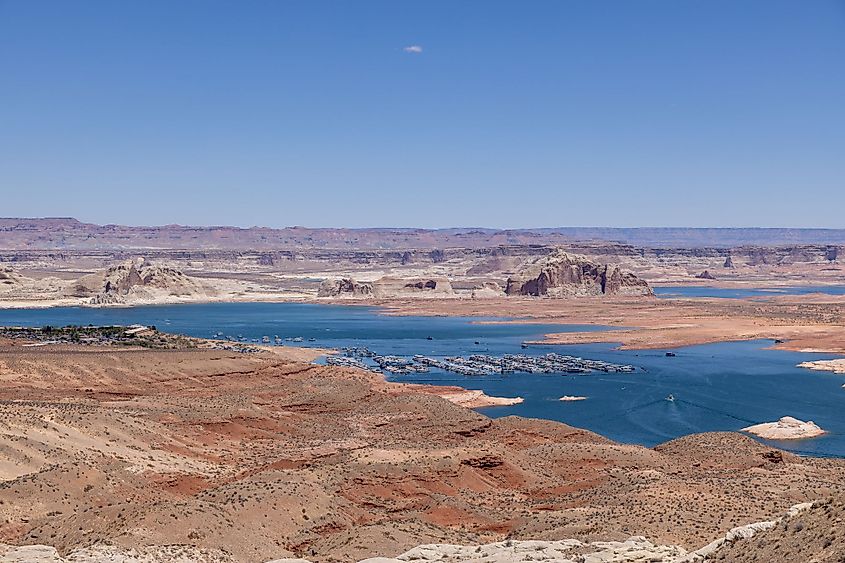
Unfortunately, due to the existence of the Glen Canyon Dam and Lake Powell, the sediment-rich water flow steeply declined. Instead, the downstream waters lack sediments (and therefore, nutrients) and are also cold at 46℉. These cool waters are unideal for the spawning of native fish and lack the nutrients needed for the survival of native plants around the area. As a result, there are negative impacts on the population of native aquatic species. The dam's construction also led to the introduction of non-native aquatic species into the Colorado River, which increased competition and predation among local species. Such activities led to the extinction of local fish like the Colorado squawfish, the roundtail chub, and the bonytail chub. Currently, the population of other native species (like insects and amphibians) is under threat of extinction. Moreover, there has been a drop in the water level of Lake Powell mainly due to climate change that has led to widespread droughts throughout western United States.
